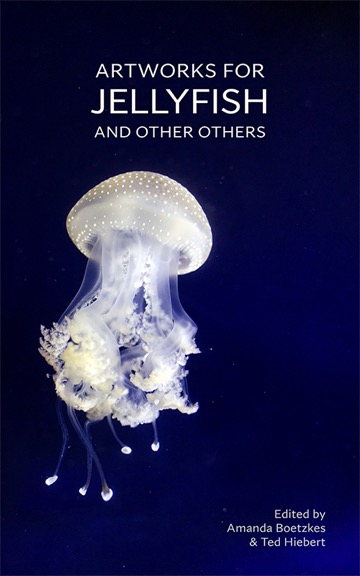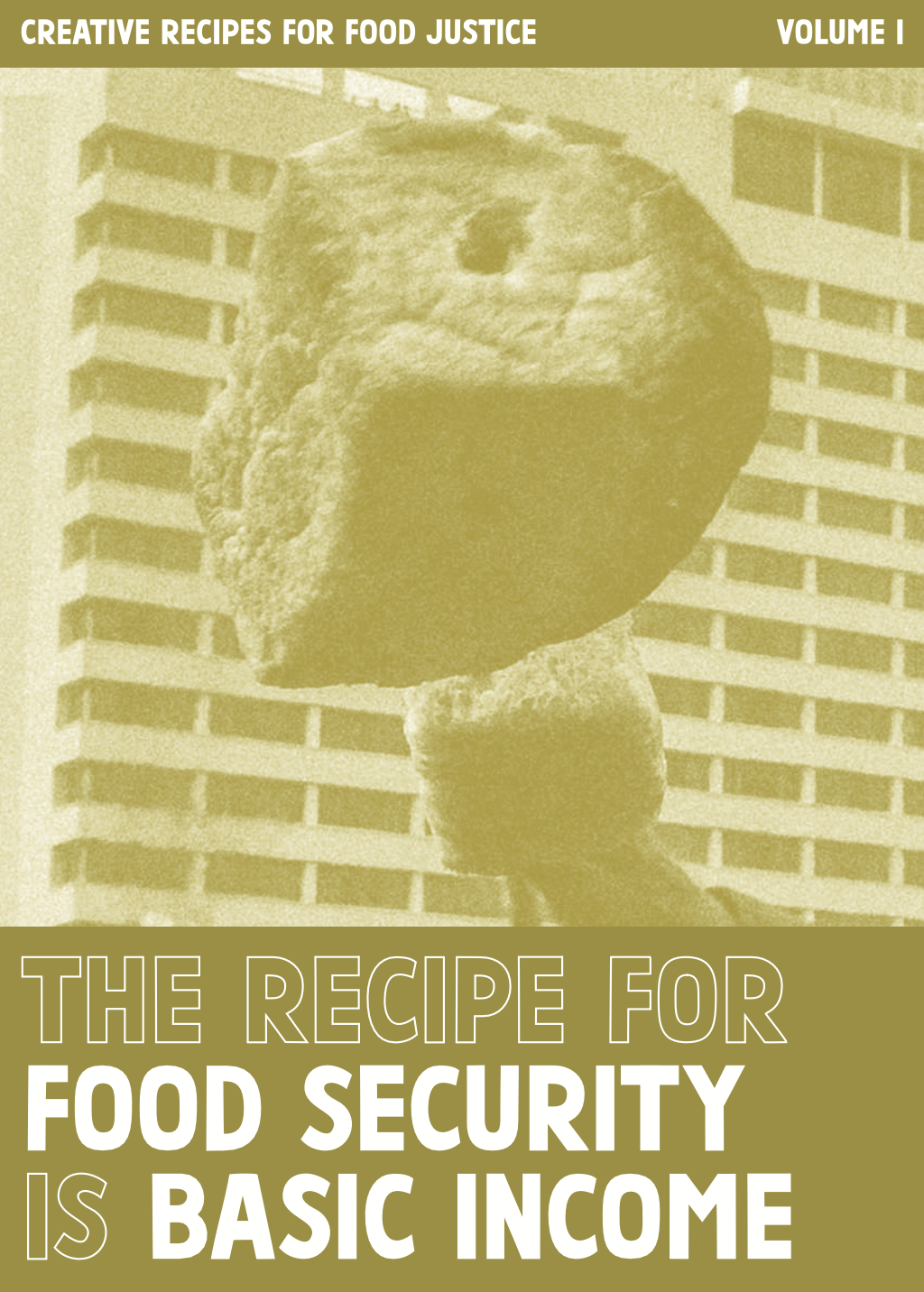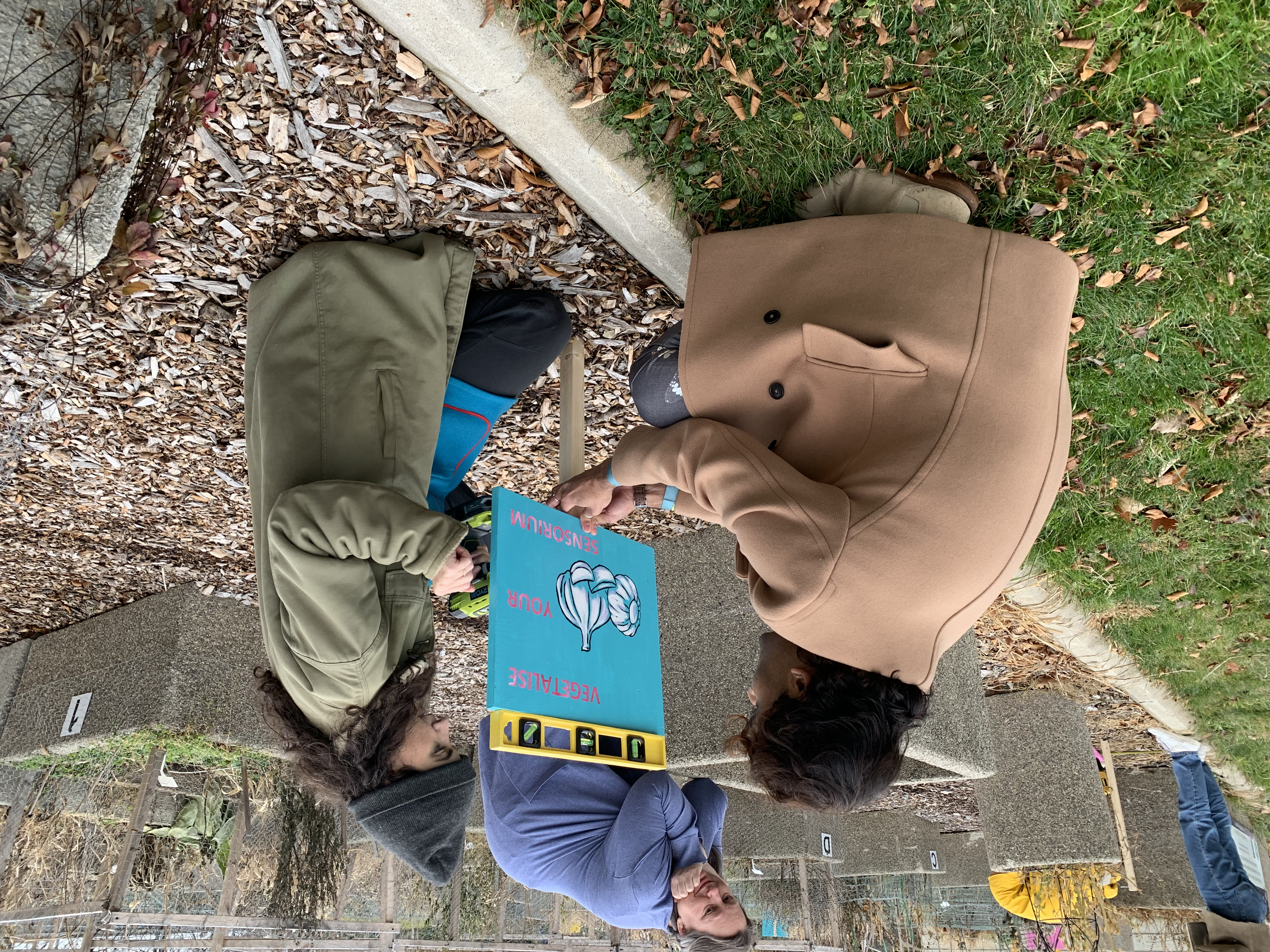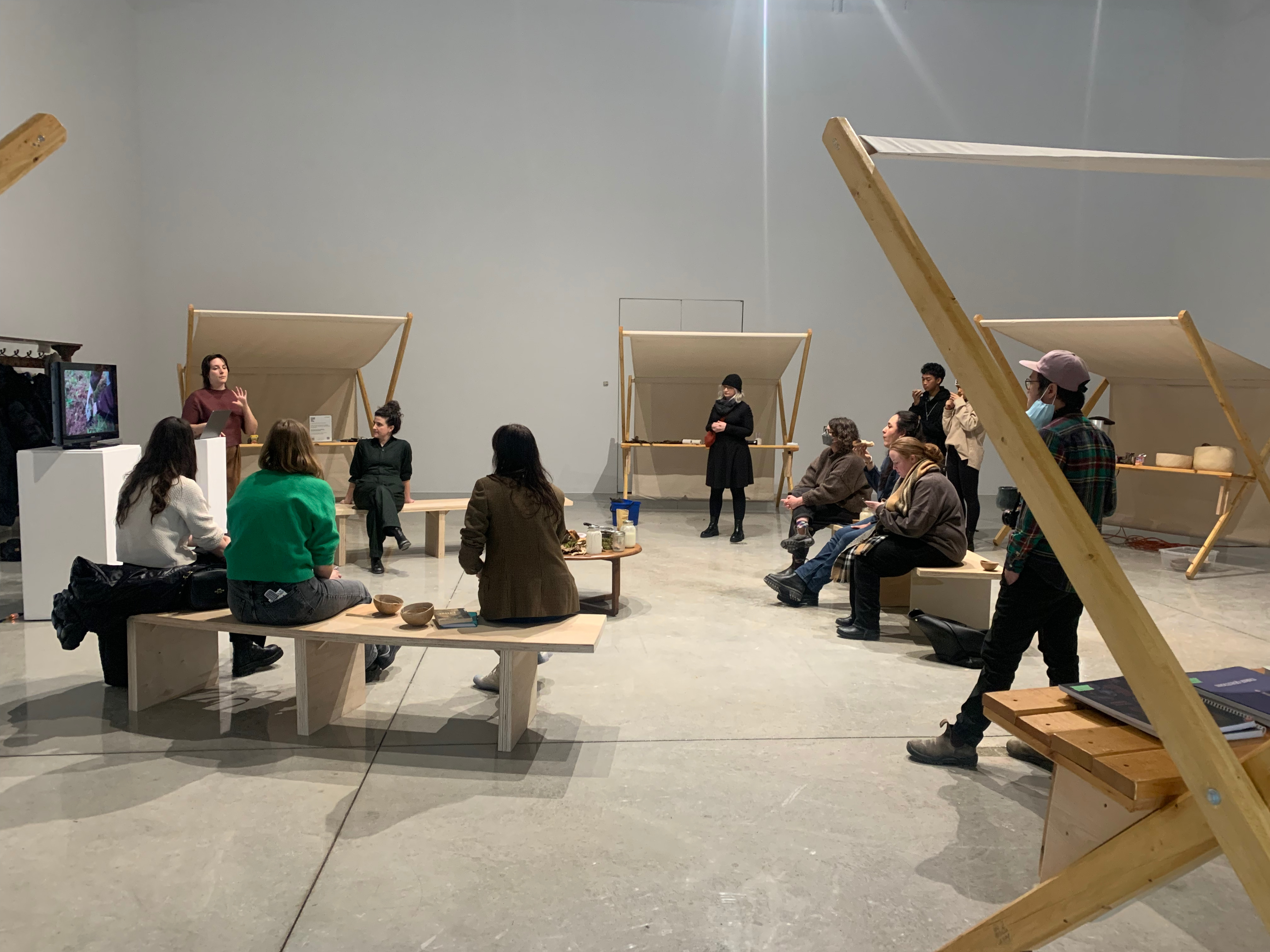Publications












Book:
Ecologies in Practice: Environmentally Engaged Arts in Canada, Co-edited with Elysia
French. Wilfrid Laurier University Press, 2024
Book Chapters:
“(Un)Welcome Plants”, in Artwork for Jellyfish, Eds. Ted Hiebert and Amanda Boetzkes, Noxious Sector Press, 2022
“Plant radio for Plants”, in Why Look at Plants? the Botanical Emergence in Contemporary Art, by Giovanni Aloi. Brill, 2019
“Notes from the Deep Earth Treatment Centre” in Naturally Post-Natural: Jennifer Willet, ed. by Ted Heibert. Noxious Sector Press, 2018
“Sharing food Sharing Knowledge; food and agriculture in contemporary art practices” in Perma/Culture: Imagining Alternatives in an Age of Crisis, Edited by Molly Wallace and David Corruthers, Rutledge Environmental Humanities 2017
Artists Publications/ Projects:
Roots, Leaves, Stems and Blooms, Dandelion zine and cookbook, 2020
“Two recipes”, The Artists Cookbook, Edited by Carrie Perrault. 2019
The Call of the Wild, ‘re-writing the wild’ re-edited book series, work in Progess, 2019-
Talking Plant PhD Thesis, Cultural Studies, Queen’s University, 2018. https://qspace.library.queensu.ca/handle/1974/25858
“What’s Invisible About a Plant?” Parkhive Collective Research, Co-edited broadsheets with Teresa Carlesimo and Michael DiRisio, Vol. 1-5, 2015 (artists publication)
Random Seeds artists book, in collaboration with Matthew Knapik (self-published) Banff Centre, 2015
Wild Edibles Guide to Downtown Windsor developed in collaboration with Rashel Tremblay, Text and Illustrations, Neighborhood Spaces Residency (artists publication) 2014
Articles:
“Field Guide” with Brad Isaacs, Public 64: Beyond Unsettling: methodologies for decolonizing futures, Eds. Leah Decter and Carla Taunton, Winter 2022
“A Field Guide to Monster Plants”, Blackflash Magazine, 2022
French, Elysia, “Infinte Silences” interview, feature in Antennae-The Journal of Nature in Visual Culture no.51, Vegetal Entanglements, 2020
"Where Do Animals Live in our Subconscious?" Antennae - The Journal of Nature in Visual Culture, Issue 40, summer 2017
"Engaging Vegetable Others" esse art + opinions, issue # 87, Spring/Summer 2016
“Need a Green Friend?” Neighborhood Spaces Publication, Arts Council Windsor and Region with Neighborhood Spaces. Windsor, ON 2015
“Tracking the Eastern Elk” Text and Artists Project, Art Windsor, Vacancy Issue. Winter, 2015
Exhibiton Texts:
“Some Instructions for Folding Perception”, Written to accompany the knots of the net, Tyler Los Jones, Norberg Hall Gallery, Calgary. 2021
“Do Roses Dream of Freedom?” Written to accompany Waard Ward’s floristry project, as part of the exhibition Public Space, Visual Arts Centre of Clarington. 2021.
Visualizing Foodways:
Art+Food Relational Approaches
Course Description:
This course focused on critical artistic approaches to food and agriculture from a relational, personal perspective. Over the fall semester, students developed their own research/research-creation projects as well as a collaborative garden installation.
Drawing on theory from the environmental humanities, critical plant studies, feminist perspectives, science-fictional ecologies and biological arts, we examined personal and physical relationships with the world through the food that we eat. Students engaged with these ideas through reading, making (studio, kitchen, garden), site visits and interdisciplinary, research-creation approaches and examples (theory, art, fiction, etc.) with a particular focus on edible plants, and plants in agricultureSyllabus (link)
Link to Student Project Website
Read about the course in this article from Western News:





Anthotypes
2022
Blackflash Article: “A Field Gide to Monster Plants”, written including this series of plant-based anthotype images using some commonly cultivated vegetables including; spinach, beets, cabbage, and onion. Images are still from from films of the 1950’s and 60’s featuring ‘monster plants’.
https://blackflash.ca/field-guide-to-monster-plants/
Blackflash Article: “A Field Gide to Monster Plants”, written including this series of plant-based anthotype images using some commonly cultivated vegetables including; spinach, beets, cabbage, and onion. Images are still from from films of the 1950’s and 60’s featuring ‘monster plants’.
https://blackflash.ca/field-guide-to-monster-plants/




Ecologies in Practice
Book and Podcast
Link to project website

LINK TO PRESS PAGE
https://www.wlupress.wlu.ca/Books/E/Ecologies-in-Practice
What is the responsibility, or the task of the arts as we face environmental crisis?
Ecologies in Practice is an edited collection of dynamic and multi-formatted contributions exploring the ways in which cultural production informs perceptions, communications, and knowledge of environmental distress in a Canadian context, pointing to the significance of the Arts in the creation and sharing of crucial counter narratives and alternative possibilities. Ecologies in Practice identifies the arts as an important mode of inquiry for reimagining, and for public engagement and understanding of pressing environmental and social concerns, while acknowledging the ways in which it contributes important work to the growing interdisciplinary field of Environmental Humanities.
Bringing together artistic perspectives from a range of lenses and voices,including; artists, writers, scholars, activists, curators, theorists, and makers, Ecologies in Practice offers important tools for artists, scholars, students, and research-creators invested in arts and the environment. Contributors present artistic methods as alternative sites of understanding that contribute significant and affective work to environmental scholarship, while thinking outside of the disciplinary borders and confines of the artworld. Ecologies in Practice aims to initiate vital conversations among practitioners, and together with readers, consider what environmentally engaged arts lend differently to these conversations.
Table of Contents:
An Introduction to Making Ecological, Elysia French and Amanda White
INTERRUPT: Making as Intervention
Notes from a Garden Wedged into the City, Camille Georgeson-Usher
Dirty Nature: Pedagogy, Performance, Politics, David Huebert and Tom Cull
I Believe in Living: an intertextual curatorial approach to environmental (inter)relations, Ellyn Walker
WITNESS: Picturing the Invisible
seeds are meant to disperse [to get to the future, a return to the past], Christina Battle
Of Passengers and Lost Relations, Lisa Hirmer
Carbon Study: Walking in the Dark, Genevieve Robertson
(RE)PLACE: Offering Alternative Experiences of Place into steps and breath, leah decter
Coney Island MTL: Re-Mediating the Greatest Show on Earth, Natalie Doonan
After The Fire, Andreas Rutkauskas
Listening in Place, Emma Morgan-Thorp
REFLECT: Considerations of a Material Practice
Can Ceramics Ever be a Sustainable Cultural Practice? Mary Ann Steggles
Mapping Narratives: Methods and Entanglements of Social Practice, Maria Michails
1:10000, Dana Prieto
Field Work: Rural Residencies and Environmental Arts, Emily McGiffin
Conclusion, Elysia French and Amanda White
Bibliography
Contributor Biographies
The Creative Food Research Collaboratory
The Creative Food Research Collaboratory germinates collaborations at the intersection of art and food studies, exploring how the arts can imagine—and therefore help to achieve—food security, food sovereignty, and food justice in Canada.
Co-initiated in 2022 by Dr. Amanda White and Dr. Zoë Heyn-Jones with Research Associates Anahí González and Katie Lawson, we are currently based at the Center for Sustainable Curating at Western University (London, Canada). Foregrounding collaboration as methodology, we seeks to cultivate networks and structures that will allow collaborative artistic practices and knowledge mobilization strategies around food issues to take root and flourish.
Our work includes academic research, public events, teaching and workshops, as well as fundraising for community food initiatives.
creativefoodresearch.ca
Our work is supported in part by funding from the Social Sciences and Humanities Research Council of Canada.
Co-initiated in 2022 by Dr. Amanda White and Dr. Zoë Heyn-Jones with Research Associates Anahí González and Katie Lawson, we are currently based at the Center for Sustainable Curating at Western University (London, Canada). Foregrounding collaboration as methodology, we seeks to cultivate networks and structures that will allow collaborative artistic practices and knowledge mobilization strategies around food issues to take root and flourish.
Our work includes academic research, public events, teaching and workshops, as well as fundraising for community food initiatives.
creativefoodresearch.ca
︎
Our work is supported in part by funding from the Social Sciences and Humanities Research Council of Canada.





